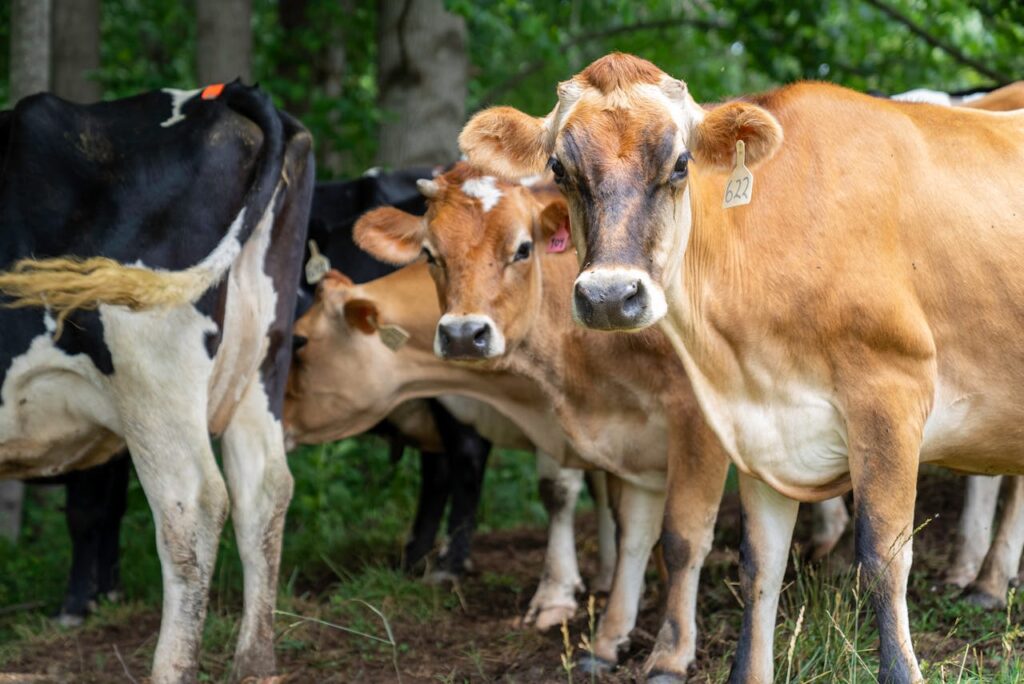The Future of Cattle Farming in Zimbabwe: Embracing Technology in 2025
Cattle farming remains a cornerstone of Zimbabwe’s agricultural economy, providing livelihoods for thousands of families and contributing significantly to the nation’s GDP. In 2025, the industry is experiencing transformative changes, driven by technological advancements and innovative practices aimed at enhancing productivity and sustainability.

The Role of Technology in Modern Cattle Farming
One of the most notable trends in 2025 is the adoption of precision farming techniques. Farmers are increasingly using GPS-enabled devices, drones, and mobile applications to monitor cattle health, manage grazing patterns, and optimize feed utilization. For instance, smart collars equipped with GPS trackers allow farmers to locate their cattle and monitor their movements in real-time, reducing losses due to theft or stray animals.
Additionally, mobile veterinary applications are becoming indispensable. These apps enable farmers to schedule vaccinations, track disease outbreaks, and receive expert advice on animal health, reducing mortality rates and boosting productivity.
Climate-Resilient Practices
Climate change continues to pose challenges to cattle farming in Zimbabwe, with erratic rainfall and prolonged droughts threatening livestock and pasture availability. In response, farmers are adopting climate-resilient practices such as:
– Drought-resistant fodder crops: Growing crops like sorghum and lucerne to ensure a consistent feed supply.
– Water harvesting systems: Constructing reservoirs and installing solar-powered boreholes to provide reliable water sources for livestock.
– Silage production: Preserving fodder during the rainy season for use during dry periods.
Government and Private Sector Support
The government, in collaboration with private sector players, is supporting cattle farmers through various initiatives. Subsidized loans for purchasing modern equipment, training programs on sustainable practices, and market access facilitation are some of the measures driving growth in the sector.
Moreover, partnerships with international organizations are fostering knowledge transfer and introducing cutting-edge technologies to local farmers. For instance, pilot projects on artificial insemination are helping to improve herd quality by increasing the genetic diversity of cattle.
Challenges and Opportunities
While the future looks promising, challenges such as limited access to finance, high input costs, and inadequate infrastructure persist. However, with the ongoing digitization of agriculture and the rising demand for organic beef and dairy products, opportunities for growth are immense.
